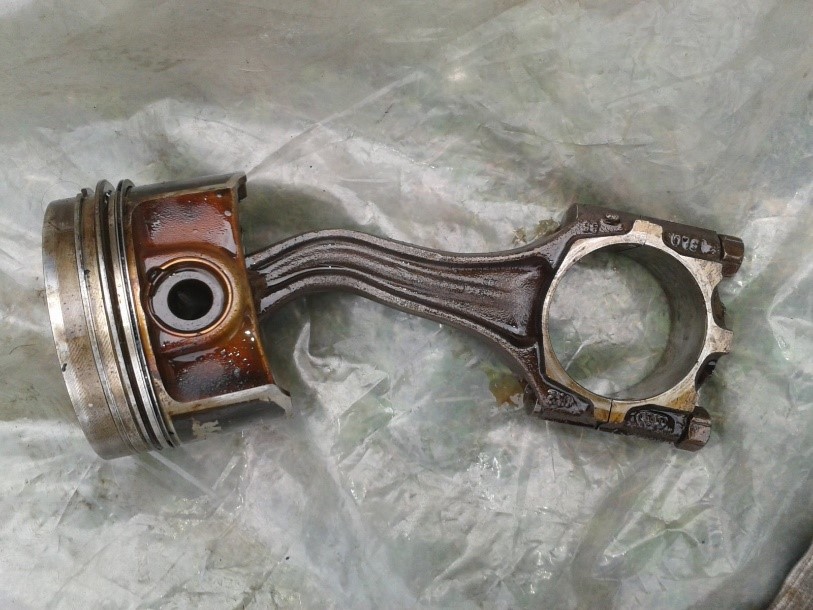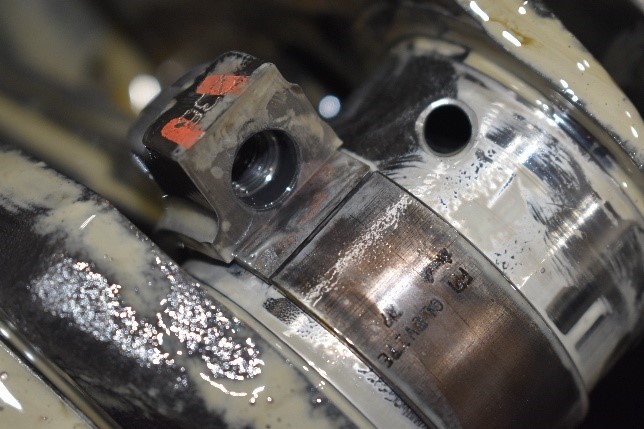Understanding Hydrostatic Lock
It never fails; after heavy rain some overzealous driver will blast through a giant puddle of water that has accumulated on the roadway in their path. Soon after, they can be seen on the side of the road awaiting a tow truck or limping to the nearest exit. The mechanic later informs them that the water from the road was scooped up into the engine and caused a condition known as hydrostatic lock.
Water, being a liquid, is incompressible. When an accumulation of water enters the air intake system of an internal combustion engine, it fills the area in the combustion chamber normally occupied by the (compressible) air fuel mixture. During the compression stroke, the second of the four cycles of a four-cycle internal combustion engine, the piston is pushing the water in the cylinder against the closed valves and cylinder head until it can push no more. The incompressible water restricts the travel of the piston. Unfortunately, the momentum of the engine is also applying a force to the piston through the crankshaft and connecting rod. In all cases, the momentum of the engine wins the battle.
The massive force generated by the momentum of the running engine attempts to push the restricted piston through its full travel (known as “stroke”). The incompressible water will not yield causing excessive stress to be placed on the connecting rod piston assembly sandwiched between the crankshaft the water. The cylinder becomes “locked” due to the presence of the water thus naming the condition “hydrostatic lock”. Depending on the quantity of water and the stroke of the engine, this battle of forces results in a deformity and/or fracture of the connecting rod.
Although deformity is the more common result, connecting rod fracture is just as likely. In either case, the prognosis is generally engine replacement.In most cases, the condition is easily detectable by the operator the vehicle as a failed connecting rod will likely result in the seizure of an engine, or abnormal noises that cannot be ignored. The same conditions can arise from a deformity of the connecting rod which may interact with the cylinder walls or crankshaft counterweights (known as “throws”).In the case of deformity however, the engine may continue to operate for an extended period of time if the deformity is minor. The owner of the vehicle has not escaped the need for engine replacement as this will generally result in engine failure due to abnormal bearing wear or the progression of micro fractures in the connecting rod that will eventually result in the full failure of the connecting rod.
Investigation of an alleged water ingestion resulting from hydrostatic lock is most effective when the engine in question has been removed and/or partially disassembled. With access to the internal engine components, physical inspection and precision measurements can identify even minor deformity of the connecting rods. The connecting rod fracture is generally much easier to identify.
Example of a spun bearing. A malfunction not associated with hydrostatic lock
Prior to engine disassembly, a number of additional tests can also be performed to identify engine damage associated with hydrostatic lock. The deformity of the connecting rods in a running engine will generally result in misfires of various cylinders which may be detectable through diagnostic system interrogation. Other tests such as a compression or deck height check can be performed to identify the presence (or lack thereof) of internal engine damage due to water ingestion.
Unfortunately, other internal engine malfunctions are blamed on hydrostatic lock for one simple reason; insurance will generally cover engine failure due to hydrostatic lock while most will not cover mechanical failure due to wear and tear, or neglect.At Lange Technical Services, Ltd, our technicians have many years of analyzing engine failures and can easily differentiate between engine failure due to hydrostatic lock, or an unrelated malfunction.

